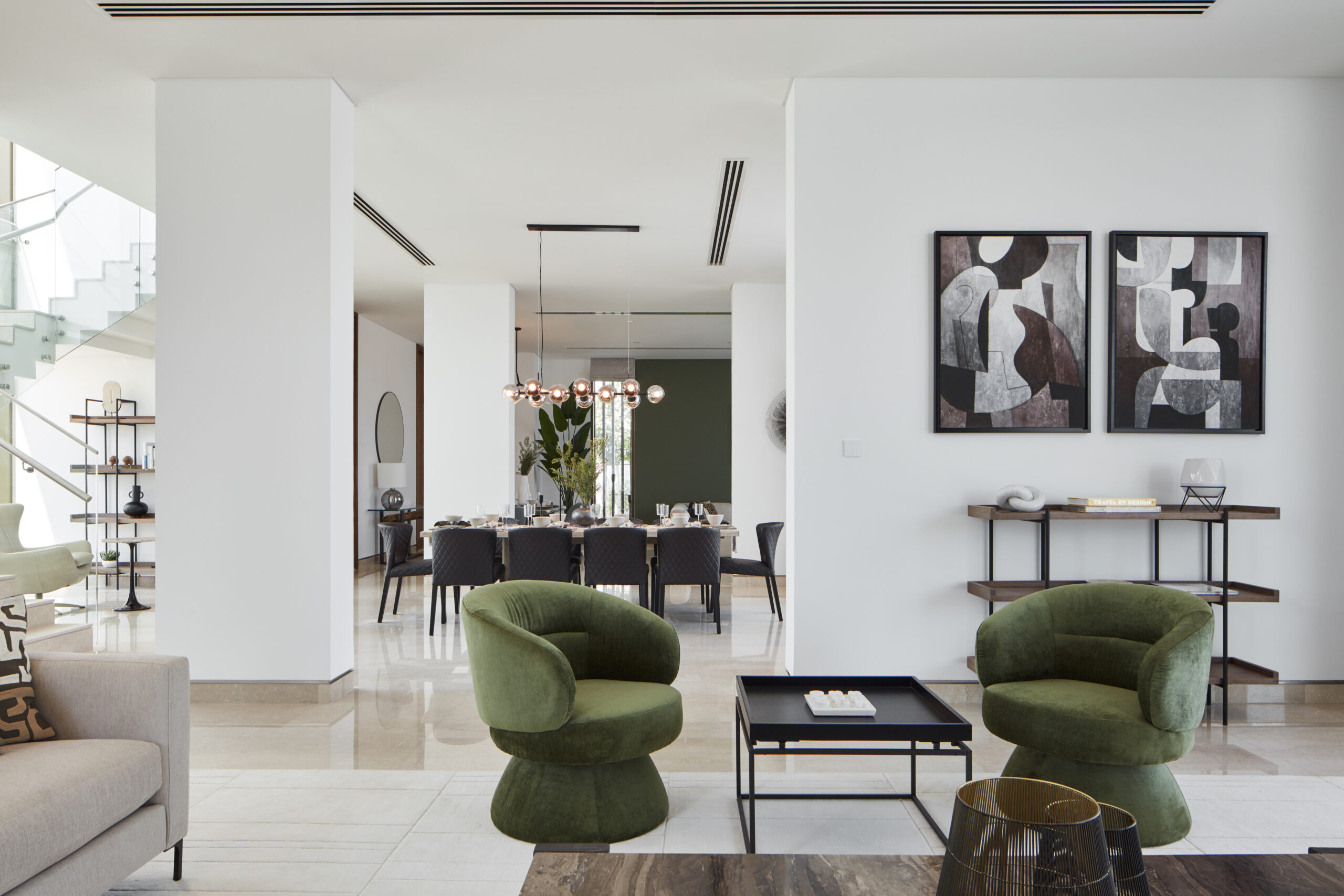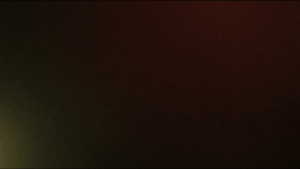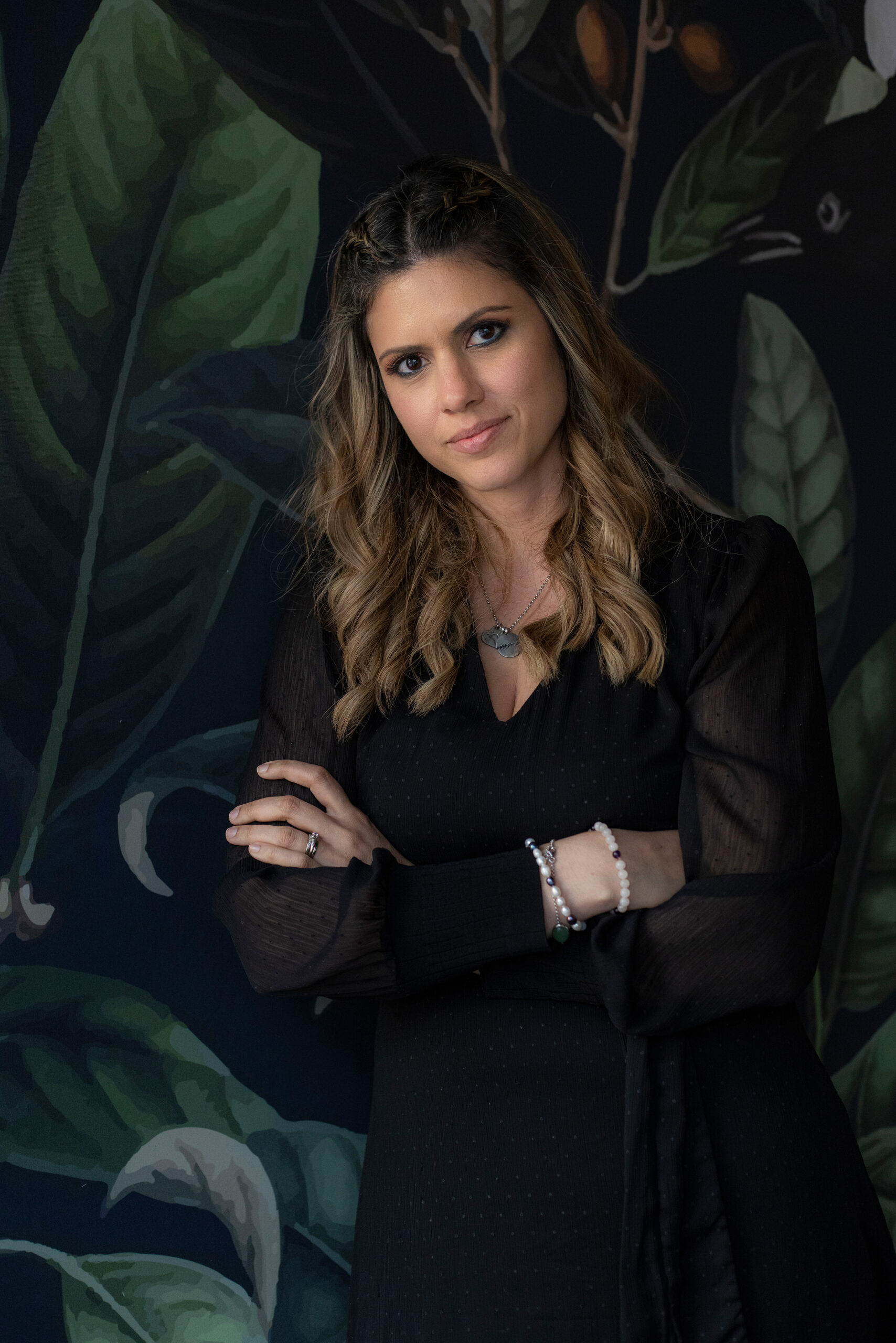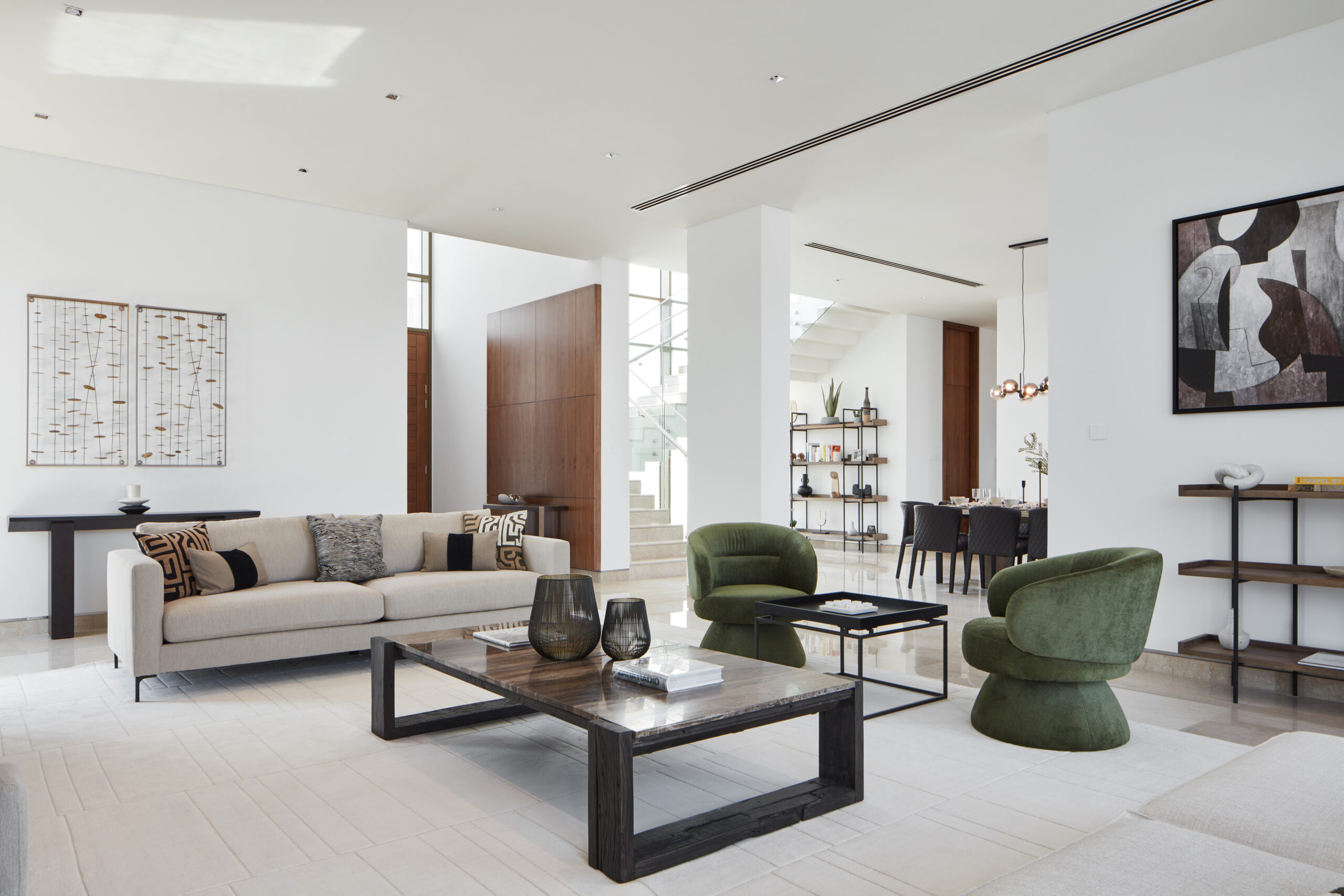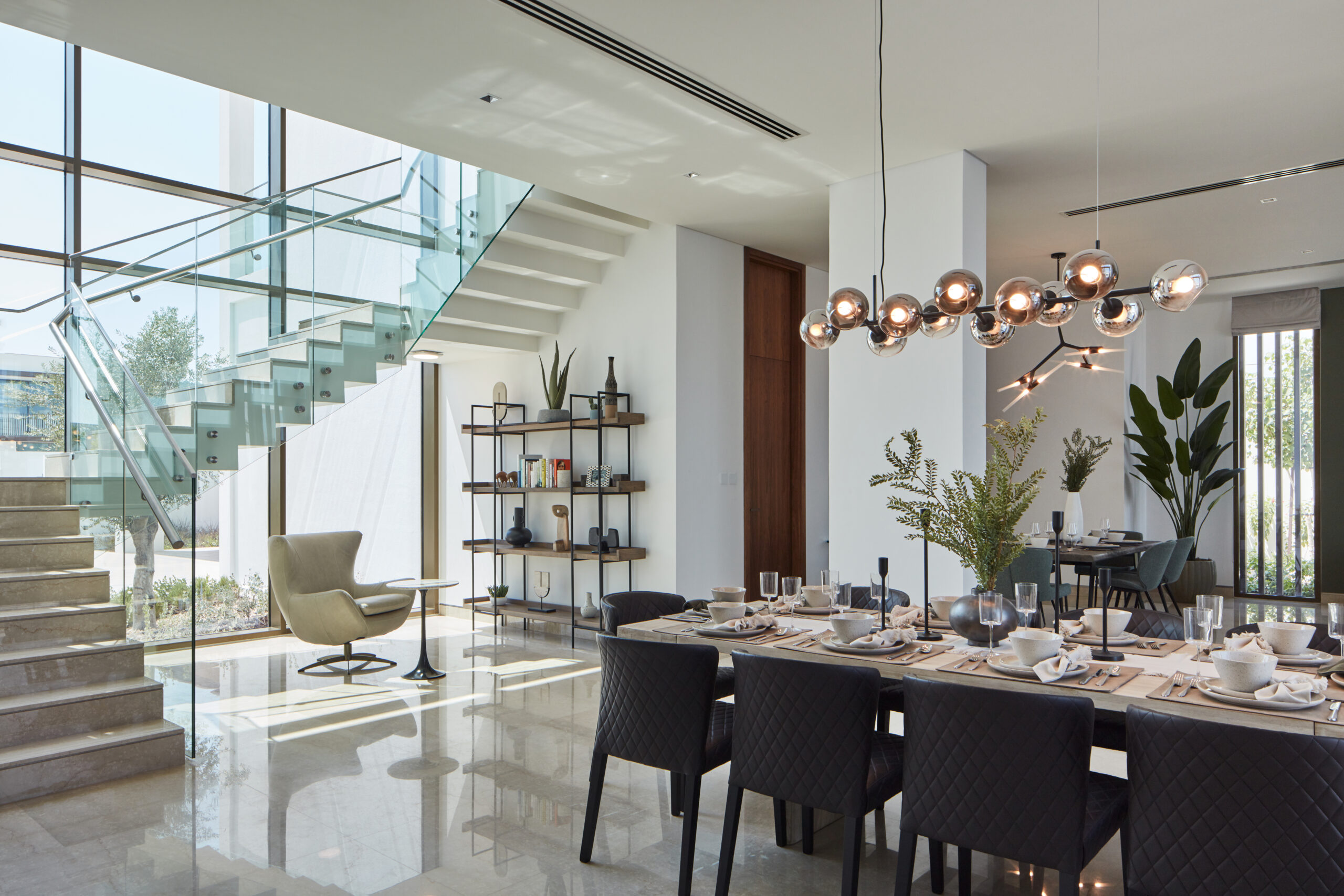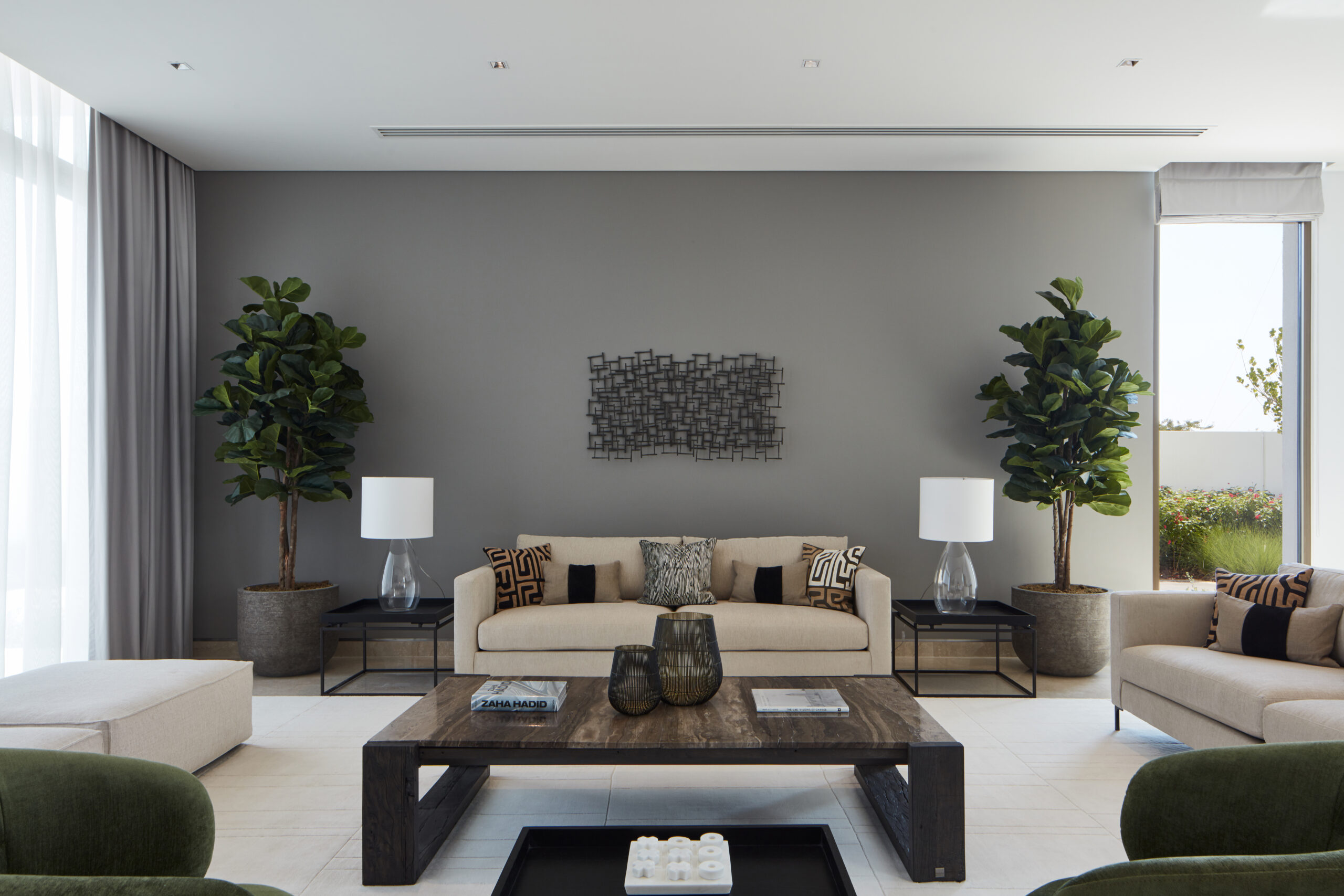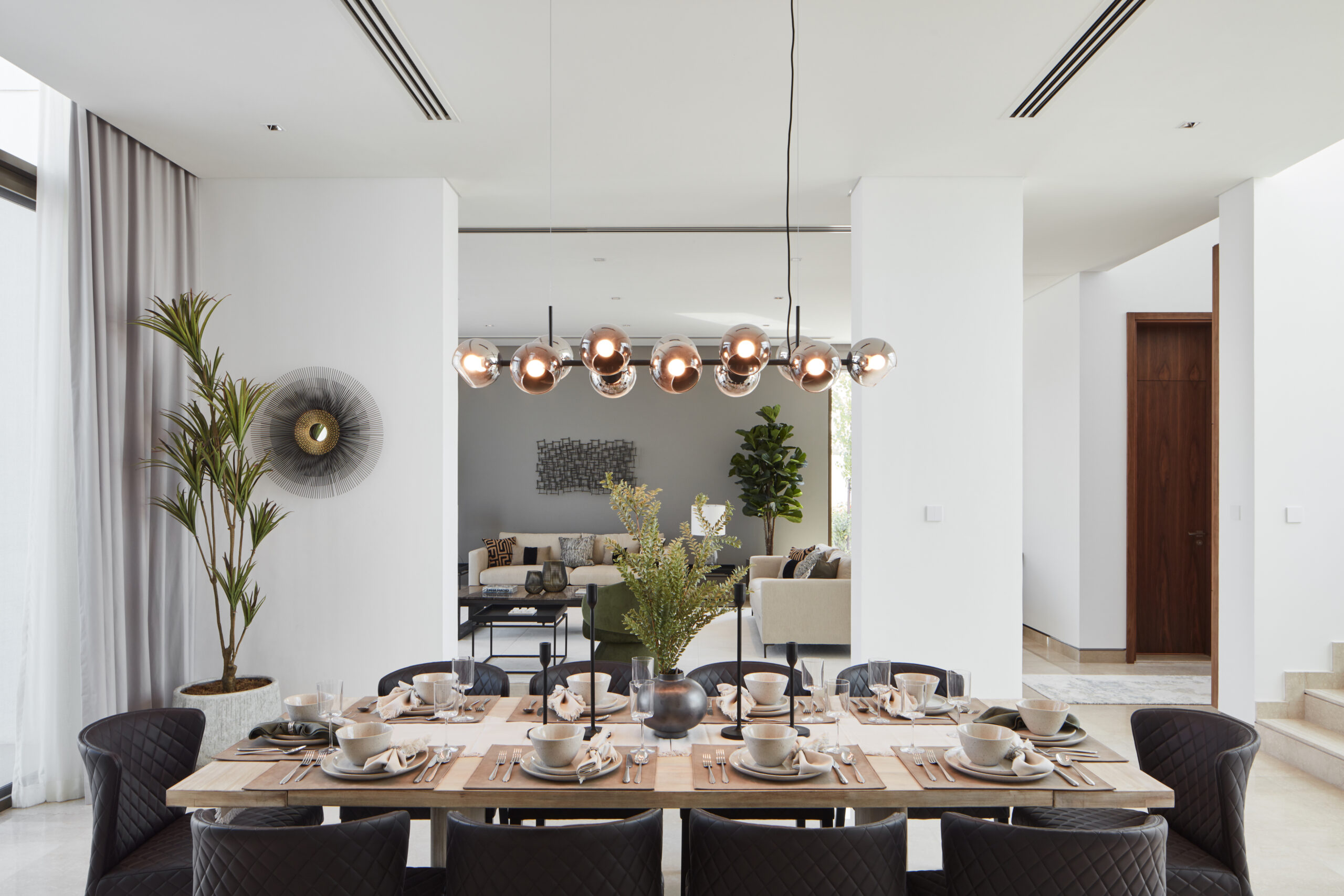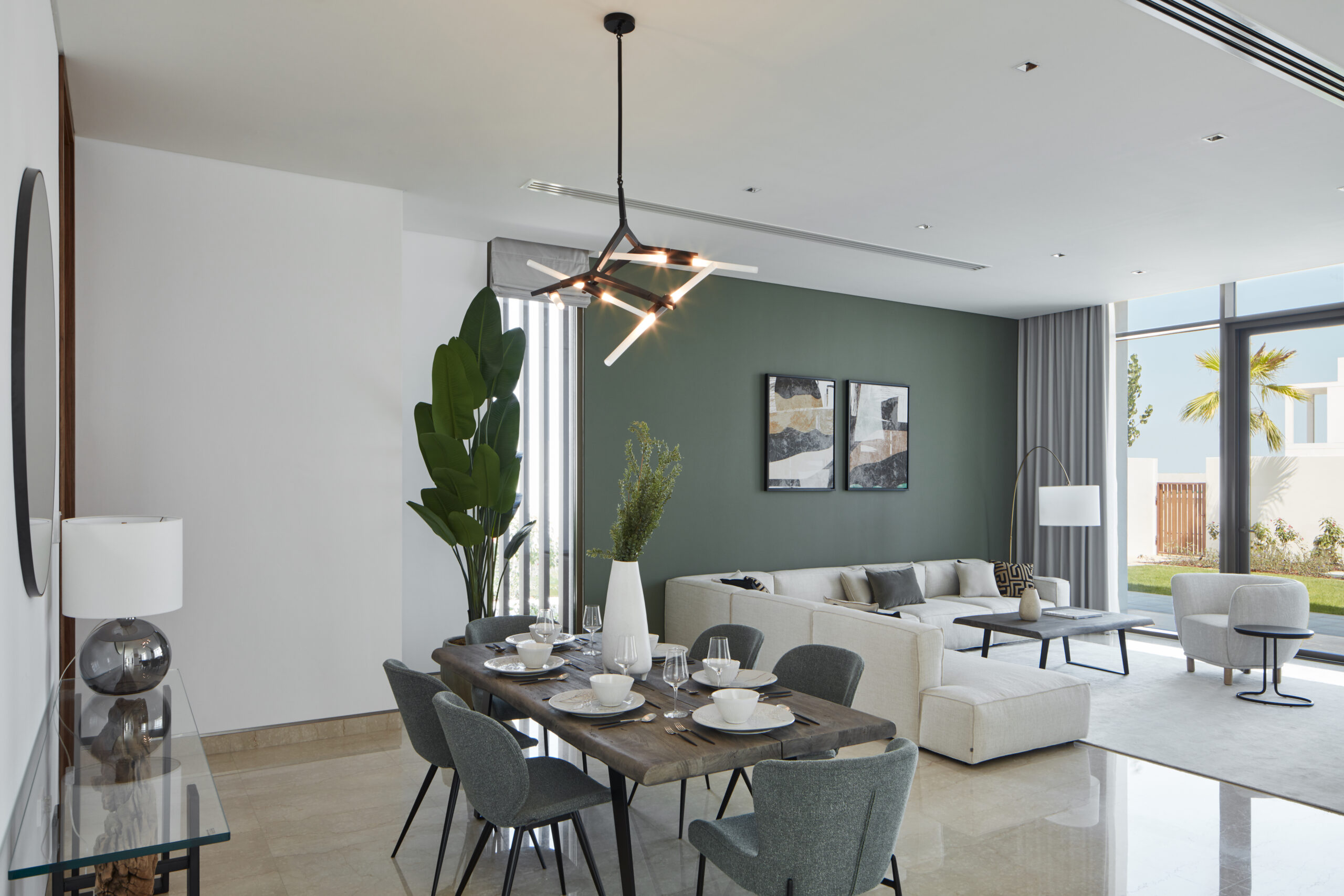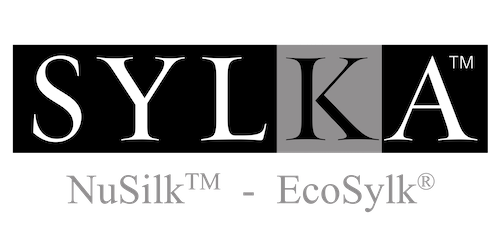Name: Laila Al-Yousuf
Company Name: SAY Studio
Position Within Company: Design Director and Co-Founder
Website: https://www.saystudio.com/
Tell us a little about your background in design:
Design has always been part of who I am. When I was younger and living in Dubai, I would sketch ideas for my family’s home. While I briefly explored a different career path in sales, it didn’t take long to realize I needed a daily creative outlet to feel truly fulfilled, and that path led me to design.
I studied in the US, completing a business degree in North Carolina then an Interior Design degree in California. Over the years, I’ve had the privilege of working on a broad range of projects, from commercial to hospitality and everything in between, each one shaping my perspective and pushing me to explore how design can influence behavior, productivity, and wellbeing. Co-founding SAY Studio with my business partner Matthew Sexton in 2018 was a pivotal moment that allowed me to channel that experience into building something meaningful and empowering for both our clients and our team.
How would you describe your personal design style?
I love interrogating a brief—really drilling down into the functional requirements of a space to ensure every element has meaning and purpose. For me, design should be intuitive and emotive, where every detail is considered and intentional. I’m drawn to natural textures, calming palettes, and spaces that tell a story—something I particularly enjoy when designing for corporate clients. We often interweave their brand identity, mission, and values into the space, whether through subtle graphics or carefully curated colour palettes. I believe good design should make people feel something—without overwhelming the senses.
I don’t believe great design always needs to be bold or loud. There is a quiet confidence in simplicity—when done with intention, it speaks volumes. Ultimately, I believe that design should respond to a client’s goals. We design for our clients, not for ourselves. Some spaces are refined and restrained, while others are provocative and spark conversation. Both approaches are valid—what matters is that the space supports and reflects the purpose behind it.
